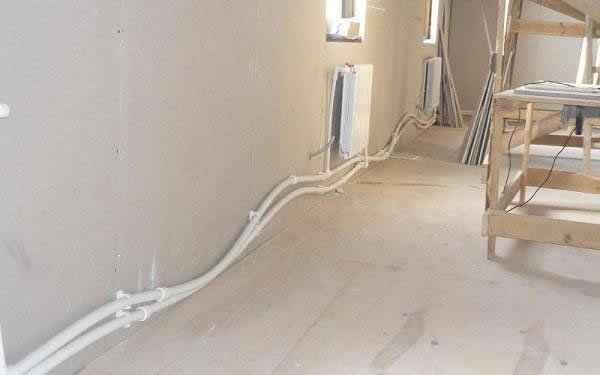The liquid coming from the source may seem clean and safe, but in fact it contains various harmful impurities. With the help of a case study, we will find out how to clean water from a well from hydrogen sulfide and other contaminants. Special filtration systems remove unwanted substances from it, but to implement plans at home at no extra cost, you need to study the appropriate technologies in more detail.
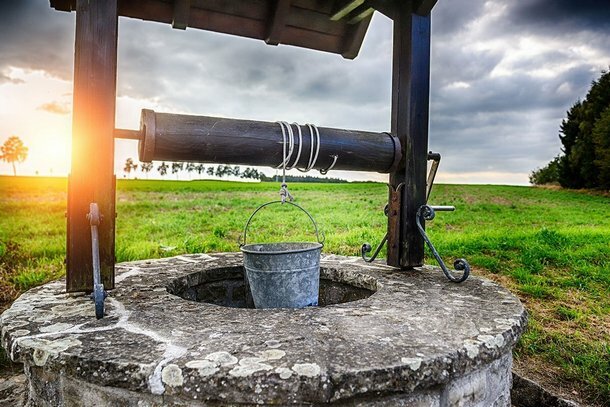
The main pollutants of water from a well in a private house
Separate substances are rarely found in wells, so methods of dealing with them are not popular. Complex tasks are solved by specialists in the preparation of production projects and other complex tasks of a professional level. Let us consider in more detail the technologies that are used in everyday life and common types of pollution.
Iron, lime and hardness salts
A simple search on the Internet will determine the majority of requests for these impurities. Iron imparts a rusty color and metallic taste to water, promotes formation and corrosion on the surfaces of pipes and appliances. Lime and hardness salts provoke the appearance of a white coating on dishes, plumbing fixtures and heating elements of a washing machine. Hard water negatively affects the skin and hair, causing dryness and irritation.
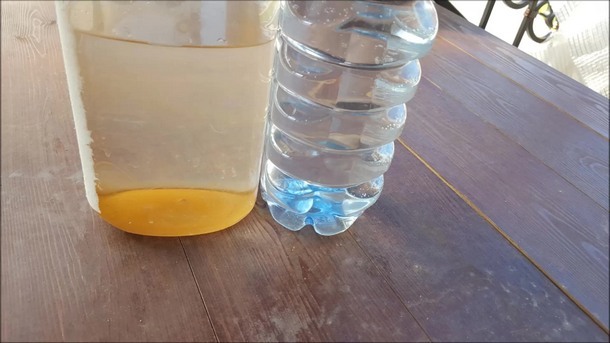
To eliminate these problems, softening and iron removal systems can be used. Ion-exchange synthetic resins are available in the form of granules. They replace harmful substances with sodium ions, making the water soft and clean. Reverse osmosis technology consists in the passage of liquid through a semi-permeable membrane that traps all impurities and minerals. Working with these systems implies regular replacement of consumables and qualified service.
hydrogen sulfide and manganese
These hazardous contaminants also need to be removed. Hydrogen sulfide gives the water an unpleasant smell of rotten eggs and causes poisoning when ingested. Manganese turns water black or brown and can accumulate in human tissues, disrupting the nervous system. Both of these elements promote the growth of bacteria.
Water oxidation systems can be used to remove hydrogen sulfide and manganese. Aeration consists in saturating the liquid with oxygen, which oxidizes and precipitates hydrogen sulfide and manganese. Special treatment is carried out with chlorine, hydrogen peroxide or ozone. These reagents activate the oxidation. After the first stage of the technology, it is necessary to use mechanical filters to remove sediment.
Clay, sand and nitrates
These impurities also make the extracted liquid unsuitable for technical needs and drinking. Clay and sand make the water cloudy. They clog pipes and filters, create scratches on pipe walls and provoke corrosion damage to metal components of utilities. Nitrates are hazardous to human health, especially for children and pregnant women. They can cause a violation of the exchange of oxygen in the blood.
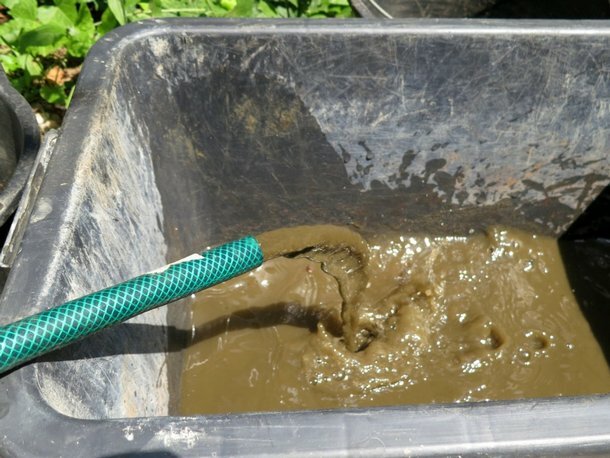
To remove clay and sand, mechanical filters of various degrees of purification are used. They are installed at the entrance to the house or on individual taps. To eliminate nitrates, reverse osmosis systems or selective ion exchange resins can be used, which are specially selected to remove nitrogen compounds.
How to purify water in the country from a well or artesian well?
A relatively small layer of soil implies a weakness in natural filtration. Using the example of a heavily polluted well or artesian well, one can study in more detail the operation of specialized systems in difficult conditions. Consider the features of serial models that manufacturers produce to solve the corresponding problems.
Electromagnetic filter
One example of an electromagnetic filter is the AquaShield Pro converter:
- supply voltage - 220 V;
- power consumption - 20 W;
- pipe diameter - up to 60 mm;
- dimensions - 120x150x100 mm.
The coil of the device is installed on the pipe using special fasteners and connected to the generator in a separate housing. The width of the signal operating range has been increased by the developers from the standard threshold of 1 kHz to a high frequency of 50 kHz.
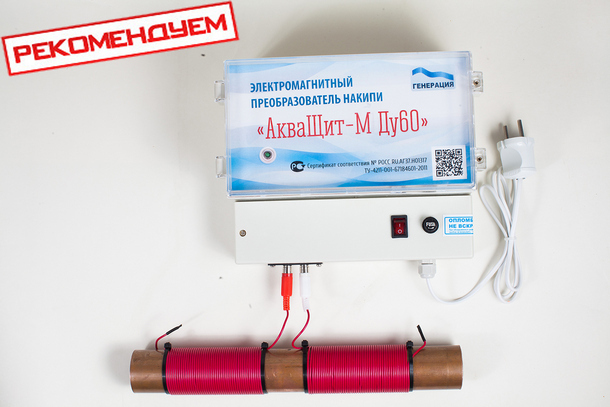
This feature, together with great power, is manifested in the improvement of the following positions:
- calcium deposits do not form at a distance of up to 2000 meters with a hardness of up to 25 meq/l;
- old scale is removed;
- electrons are displaced to the outer walls of the pipes to prevent corrosion;
- pathogenic bacteria are destroyed in the zone of action of the force field.
The device does not require maintenance and replacement of consumables. The effect of his work is noticeable after a few weeks.
hollow fiber filter
This filter is installed in the highway in the country to remove the smallest fractions, including microorganisms.
Specifications Aquaris 2000:
- dimensions - 570x185 mm;
- filtration degree - 0.01 microns;
- throughput - up to 2000 l / h;
- working pressure: from 0.01 to 0.8 MPa;
- operating temperature - up to 45 °С;
- connecting sizes options - ½ or ¾ inch.
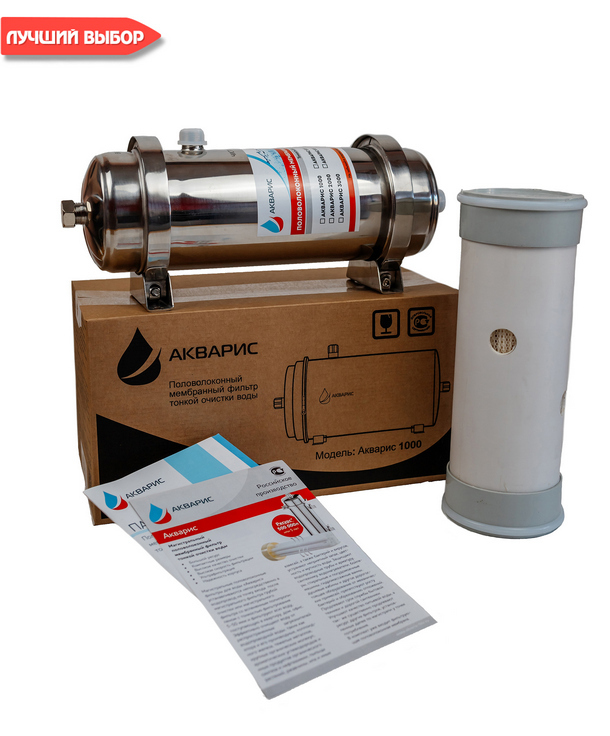
A feature of the model is the possibility of washing. The number of these procedures is not limited by the manufacturer. The need for cleaning due to excessive clogging is indicated by a noticeable decrease in pressure. To simplify control, install a pressure gauge. For regular draining of contaminated water into the drain, you can put electromagnetic valves controlled by a special timer. The listed additions are not included in the standard delivery.
Installing an ion exchange filter
In systems of this category, the main function is performed by a column filled with ion exchange resin. Automation in modern kits is installed regularly.
For example, consider the technical characteristics of Geyser AQUASHEF XL 232:
- loading volume: 62 l;
- throughput - from 1.3 to 1.7 m3/h;
- pressure - from 2 to 6 bar;
- operating temperature: from 4°C to 30°C;
- recovery solution tank - 70 l;
- salt consumption for one regeneration cycle - 7440 gr.;
- column dimensions - 330x1400 mm.
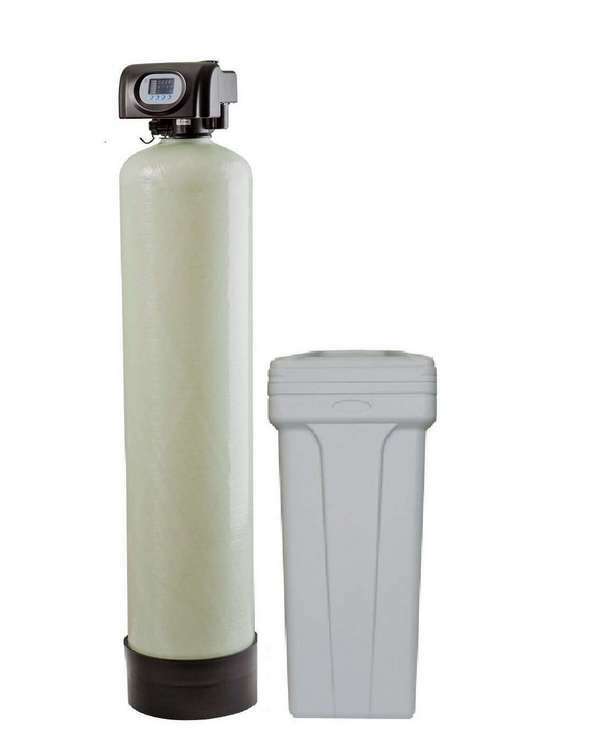
Maximum performance is limited to a time interval of no more than 10 minutes.
To select a suitable load, it is proposed to make an analysis and provide the specialist with the values of the following parameters:
- pH indicator;
- chromaticity;
- turbidity;
- ferrous and total iron;
- rigidity;
- hydrogen sulfide;
- manganese;
- free chlorine;
- permanganate oxidation.
Branded filter material is produced under the Ecotar brand.
How to clean lime and hard tap water?
Hardness salts can harm household appliances, utensils and human health. If these impurities are detected after pre-treatment, specialized equipment for final filtration is used. At this stage, it is necessary to obtain the final quality, which is determined by the standards for the control of drinking water.
Cartridge filters
Typical design are replaceable modules that are installed in special cases. Cartridges perform various cleaning functions: mechanical, chemical, bactericidal, etc. For water softening, modules with an ion-exchange resin are used, which replace calcium and magnesium with sodium. Thus, the hardness of the water is reduced and the formation of scale is prevented.
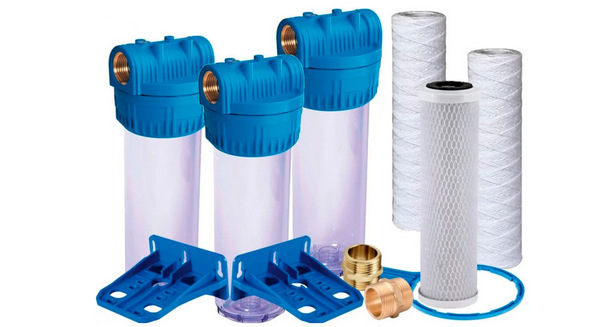
One example of cartridge filters for water softening is Geyser BB201:
- maximum pressure - 8 atm;
- temperature of treated water – from +4°С to +93°С;
- connecting size – 1”;
- dimensions (Height x Diameter) - 625x150 mm.
The case of this model is made of stainless steel. Any cartridge of the international standard 20BB can be installed, so the choice is not limited to products of one brand.
Reverse osmosis systems
These kits are more sophisticated and efficient cleaning devices that work on the principle of counterflow filtration through a semi-permeable membrane. A typical working module retains up to 99% of all impurities in the water. It will help to clean the water from the well from suspensions, calcium, nitrates, etc.
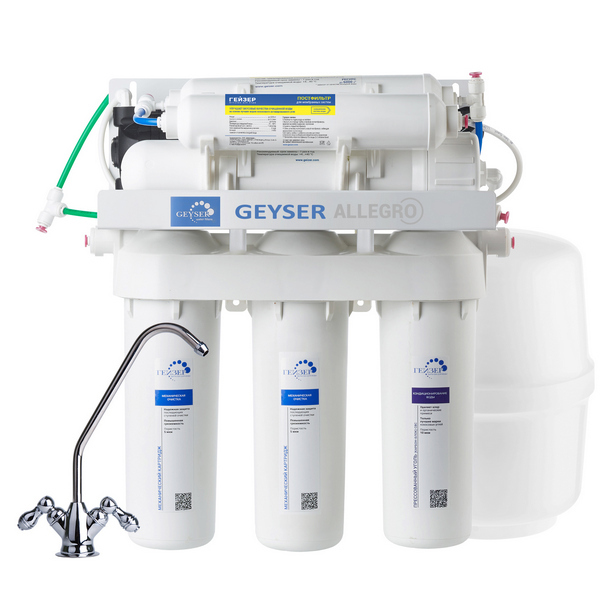
The kit is made up of several steps, which include:
- pre and post filters;
- membrane module;
- pump;
- a tank for storing purified water;
- distribution crane.
One example is AQUAPHOR DWM-202S Pro3:
- processing speed - more than 15 l / h;
- pressure - from 0.9 to 6.5 atm;
- operating temperature - from +5°С to +38°С;
- dimensions - 411 x 502 x 195 mm;
- the ratio of water (purified / entering the drainage) - 1/4;
- weight - 12 kg.
This system is equipped with an electronic display. It is equipped with a built-in pressure stabilization pump. After cleaning, the system performs mineralization using the optimal concentration of beneficial trace elements. Resource indicators set. The individual operating modes are configured automatically. Connection to external consumers is provided.
How to choose and install a do-it-yourself cleaning system?
When choosing equipment, consider:
- price;
- performance;
- resource;
- guarantee;
- service conditions.
Do not save on the quality of filter elements and membranes. It is better to choose trusted brands and models that have good reviews and reputation.
Follow the manufacturer's instructions for installation or watch installation videos. Be careful and attentive when working with pipelines, fittings, tubes and other items. Seal all connections with fum tape or sealant. Check for leaks after connecting the system to the water supply.
Conclusions and recommendations
Before purchasing equipment, be sure to analyze your water. This way you will know what impurities are in your water and what is the level of hardness, pH, iron, manganese, etc. This will help to choose the optimal scheme and complete set of functional blocks.
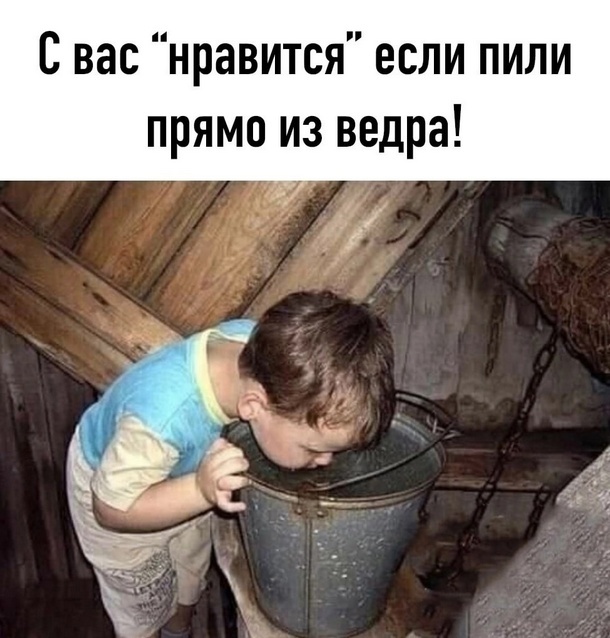
When operating a drinking water purification system, do not forget about its maintenance and replacement of cartridges and membranes. Follow the manufacturer's recommendations for how often and how to replace the filter elements. Avoid recycling or downtime. Check the pressure in the purified water storage tank and top it up if necessary.


